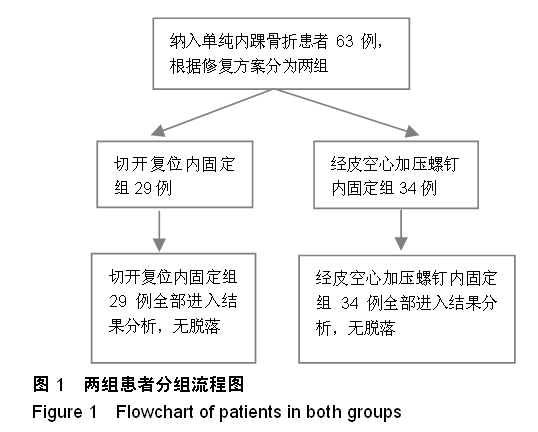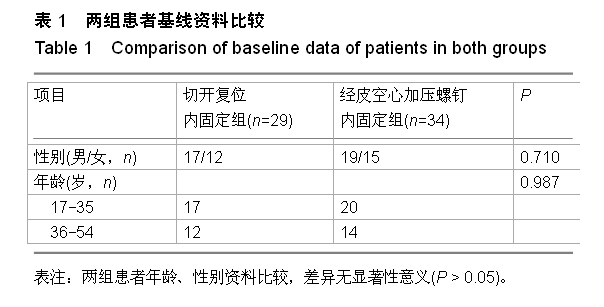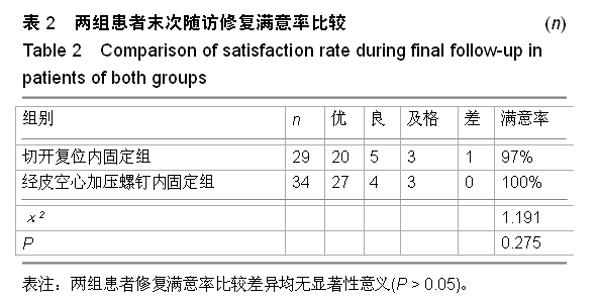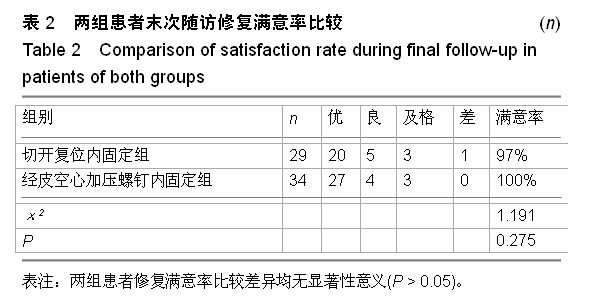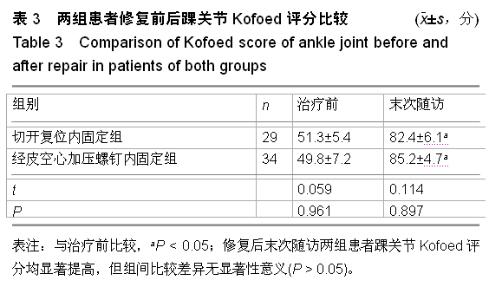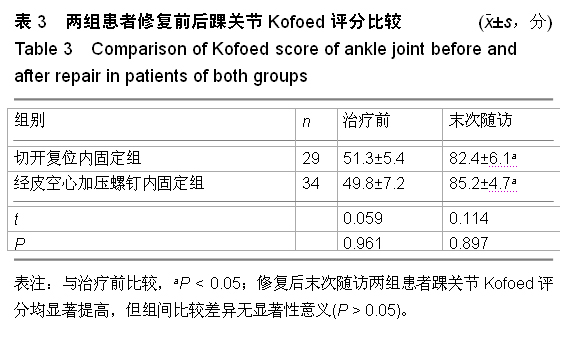| [1] |
Huang Youyi, Yuan Wei.
Application of 3D printing technology in fracture and deformity of foot and ankle
[J]. Chinese Journal of Tissue Engineering Research, 2021, 25(3): 438-442.
|
| [2] |
Yi Meizhi, Luo Guanghua, Xiao Yawen, Hu Rong, Chen Xiaolong, Zhao Heng.
MRI findings of anatomical variations of the talus
[J]. Chinese Journal of Tissue Engineering Research, 2021, 25(24): 3888-3893.
|
| [3] |
Peng Chao, Liu Yunpeng, Hua Guojun, Yang Jiaji, Wang Xingliang, Wang Xiaolong.
Imaging evaluation of the hip-knee-ankle angle and osteoarthritis progression before and after partial meniscectomy for degenerative medial meniscus posterior root tear
[J]. Chinese Journal of Tissue Engineering Research, 2021, 25(21): 3368-3373.
|
| [4] |
Bai Xiaotian, Huo Hongfeng.
Biomechanical evaluation of foot and ankle function: constructing static and dynamic indexes of the foot
[J]. Chinese Journal of Tissue Engineering Research, 2021, 25(17): 2747-2754.
|
| [5] |
He Shaobo, Liu Jichao, Yang Lifeng, Ding Yongfeng, Li Wujian.
Finite element analysis of transposition of posterior tibial tendon for foot drop
[J]. Chinese Journal of Tissue Engineering Research, 2021, 25(15): 2334-2340.
|
| [6] |
Wang Lei, Qi Rong, Li Jia, Qiu Zhixue, Wang Kai, Suo Nanangxiu.
Minimally invasive percutaneous plate osteosynthesis and elastic nail system in the treatment of distal tibiofibular fracture in adults
[J]. Chinese Journal of Tissue Engineering Research, 2021, 25(12): 1864-1868.
|
| [7] |
Zhang Yicen, Wang Peixin, Liu Zhicheng.
Ultrasound-guided injection of hyaluronic acid and corticosteroid for treating plantar fasciitis: evaluation of pain, fascia thickness and ankle-foot function
[J]. Chinese Journal of Tissue Engineering Research, 2021, 25(11): 1670-1674.
|
| [8] |
Han Xinguang, Yin Zhijiang, Wang Xiangcheng, Yang Chenyu, Shang Jian.
Effectiveness and safety of modified sliding chute bone graft
plus hollow screw fixation for tibiotalar joint fusion
[J]. Chinese Journal of Tissue Engineering Research, 2020, 24(6): 839-842.
|
| [9] |
Bao Chunyu, Yan Mingming.
Biomechanical characteristics of ankle joint in volleyball
players during stop-jump
[J]. Chinese Journal of Tissue Engineering Research, 2020, 24(5): 662-666.
|
| [10] |
Fang Yi, Zhao Wenzhi, Pan Deyue, Han Xin, Zhang Lu, He Hongtao, Shi Feng, Tian Tingxiao.
Acromioclavicular joint dislocation: how to achieve
anatomical reduction, sustained stability and micro-motion
[J]. Chinese Journal of Tissue Engineering Research, 2020, 24(5): 796-802.
|
| [11] |
Weng Shiyang, Wu Kai, Lin Jian, Huang Yinjun, Wang Qiugen, Huang Jianhua.
Double-strand suture anchor in the treatment of tibiofibular syndesmosis injury
[J]. Chinese Journal of Tissue Engineering Research, 2020, 24(33): 5332-5337.
|
| [12] |
Wang Dong, Zeng Debin, Lin Qiao, Liu Kehui.
Tibiofibular syndesmosis reduction after screw fixation of ankle fracture evaluated by CT imaging
[J]. Chinese Journal of Tissue Engineering Research, 2020, 24(33): 5349-5353.
|
| [13] |
Wang Songbo, Ling Ming, Wang Jicheng, Liu Shizhang.
Design and application status of three-component total ankle replacement prosthesis
[J]. Chinese Journal of Tissue Engineering Research, 2020, 24(30): 4847-4853.
|
| [14] |
Li Wei, Chu Zhanfei, Yu Zechen, Yu Jinghong, Jia Yanbo, Wang Zongbo.
T2-mapping quantitative imaging technique based on sequence optimization in the ankle talus osteochondral injury
[J]. Chinese Journal of Tissue Engineering Research, 2020, 24(27): 4333-4337.
|
| [15] |
Zhao Yongjie, Sun Guangchao, Guan Guofeng, Du Rui, Zhu Xiaodong.
Effect of preserving the integrity of peroneal tendon sheath on hindfoot function after calcaneus fracture surgery
[J]. Chinese Journal of Tissue Engineering Research, 2020, 24(23): 3662-3666.
|

